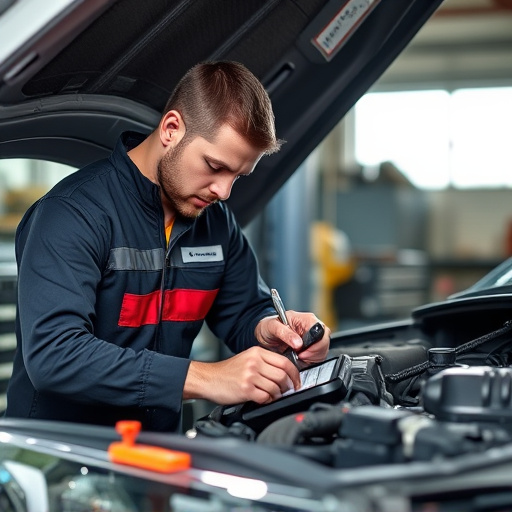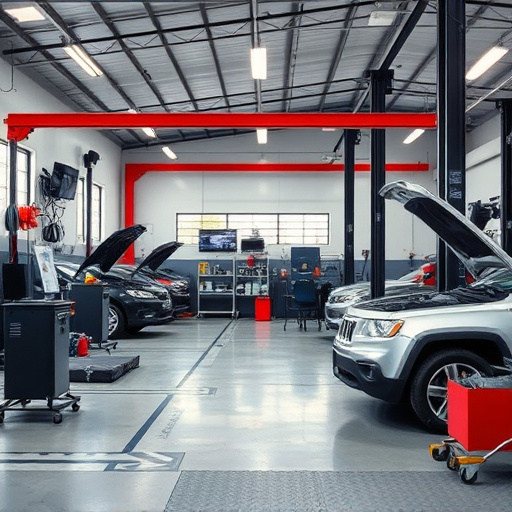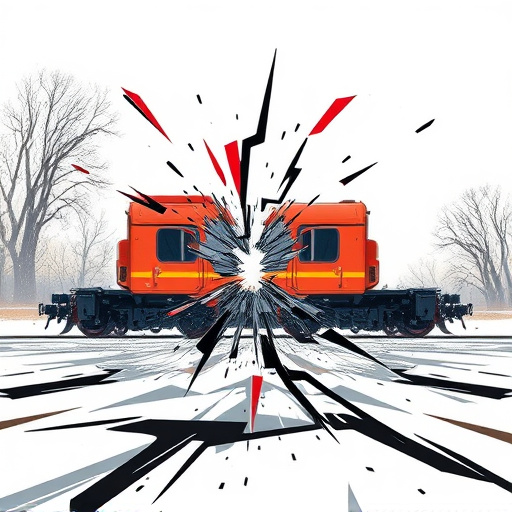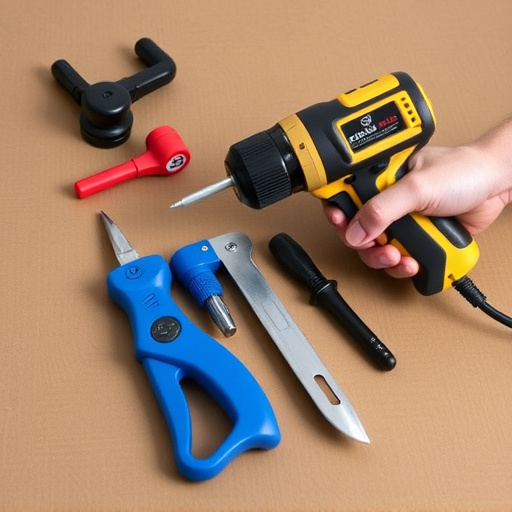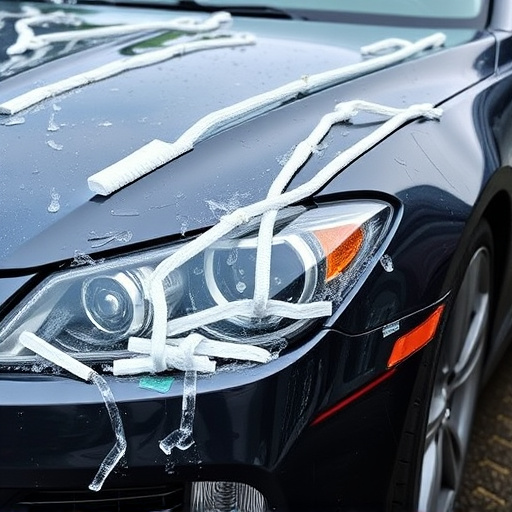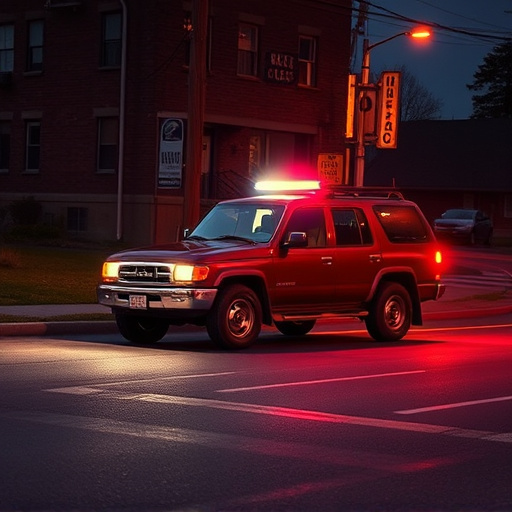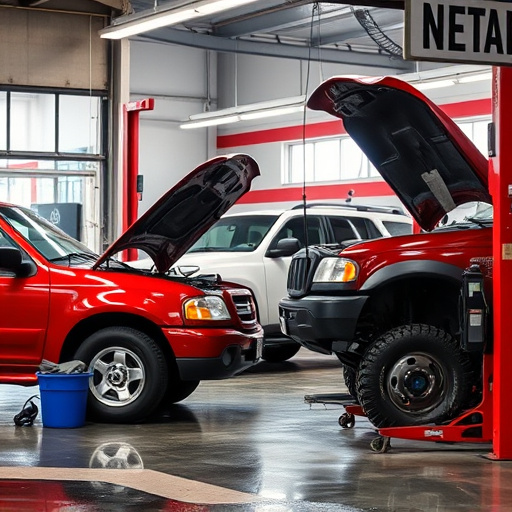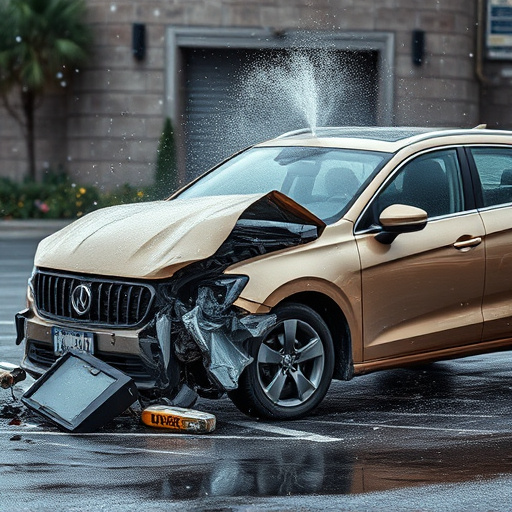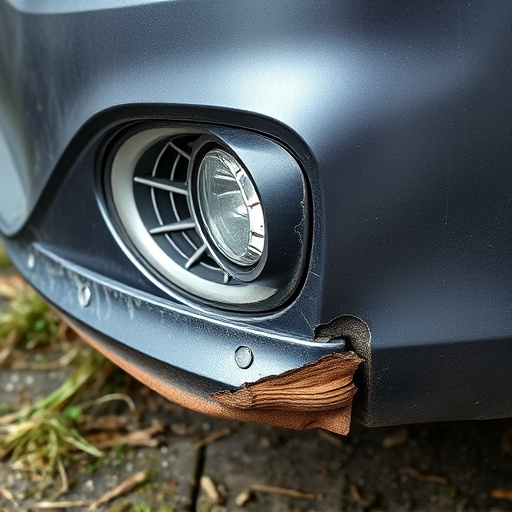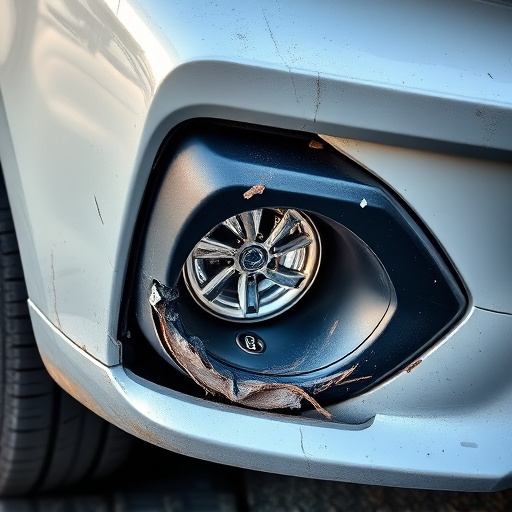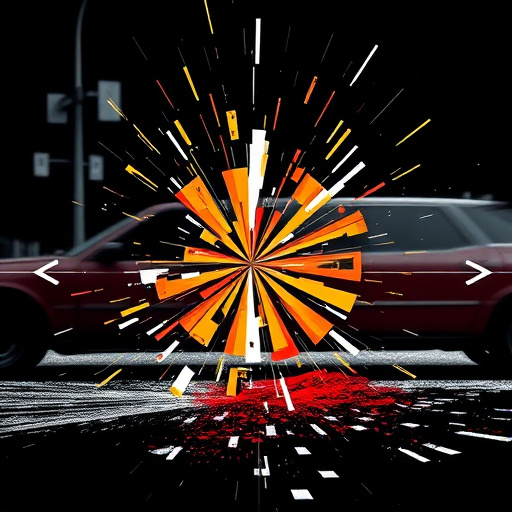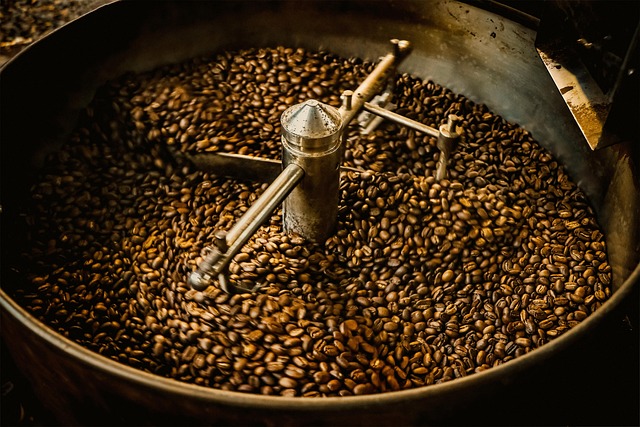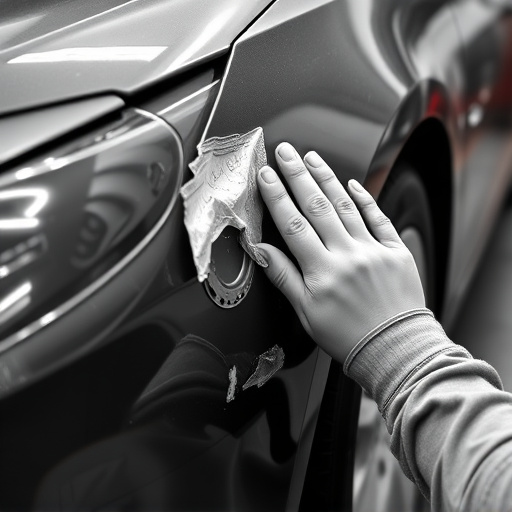Concours level repair sets a high bar for automotive restoration, emphasizing meticulous craftsmanship and attention to detail. Judges inspect every aspect, from panel gaps to paint finish, ensuring repairs match original integrity. This art form requires professionals with keen eyes to assess technical accuracy and aesthetic harmony, transforming damage repair into recreating automotive history flawlessly.
In the world of auto restoration, concours-level repair stands as a benchmark of excellence. This article delves into the intricate process by which show judges evaluate these meticulous works of art. From understanding the stringent standards set for concours repairs to exploring the art of visual inspection and the importance of functionality and precision, we uncover the key elements that transform a simple fix into a breathtaking restoration.
- Understanding Concours Level Repair Standards
- The Art of Visual Inspection for Judges
- Beyond Appearance: Functionality and Precision
Understanding Concours Level Repair Standards
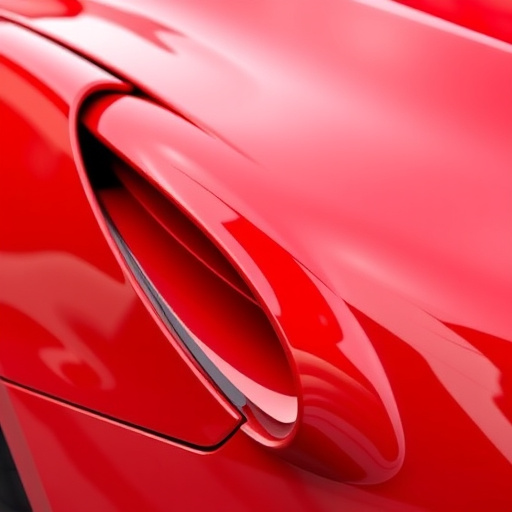
Evaluating concours level repair requires a deep understanding of exquisite craftsmanship and meticulous attention to detail. These standards transcend the typical auto body repair or even classic car restoration processes, setting a higher bar for precision and perfection. Judges scrutinize every aspect of the work, from panel gaps to paint finish, ensuring that each repair reflects the original integrity and aesthetic allure of the vehicle.
In a concours-level competition, a collision repair center’s ability to master intricate detailing, such as matching wood trim or replicating original finishes, becomes paramount. It’s not just about fixing damage; it’s about recreating the car’s original state with such accuracy that it could fool even the most discerning eye. This level of expertise demands an unparalleled commitment to excellence and a passion for preserving automotive history through meticulous repair techniques.
The Art of Visual Inspection for Judges
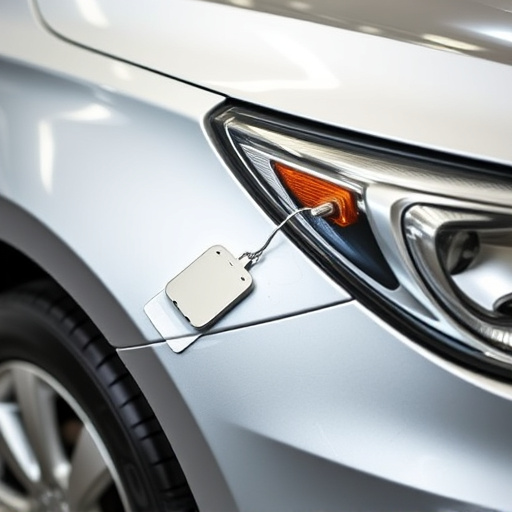
Judging concours level repair involves an intricate art of visual inspection. Professional judges meticulously examine every detail, from the precision of frame straightening to the flawless integration of auto glass repair. They assess not just the technical accuracy but also the aesthetic harmony restored to the vehicle body repair.
Each panel, curve, and joint is scrutinized for signs of uneven gaps, misaligned components, or imperfections in the finishing. This meticulous process requires a keen eye and vast experience to differentiate between a truly exceptional repair and one that falls short of concours standards. It’s not just about achieving perfect measurements; it’s about crafting a vehicle body that appears as if it has never been damaged, seamlessly blending old with new.
Beyond Appearance: Functionality and Precision
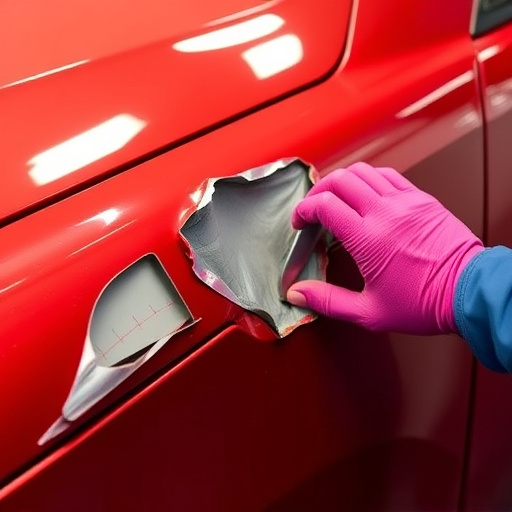
When evaluating concours level repair work, judges go beyond merely assessing the aesthetic appeal of a restored vehicle. They scrutinize the intricate details that ensure both functionality and precision. In a vehicle body shop, the goal is not just to make a car look perfect but also to restore it to its original specifications, ensuring every component works seamlessly.
For instance, in fender repair, judges look for precise measurements, clean lines, and seamless integration with the rest of the car’s bodywork services. They check that all panels align perfectly, revealing no signs of misalignment or uneven gaps. This attention to detail ensures not only a stunning visual result but also optimal vehicle performance and safety.
Concours level repair requires a meticulous blend of artistic inspection, functional precision, and unfaltering attention to detail. Show judges play a pivotal role in evaluating these intricate repairs, ensuring that each piece presented meets the stringent standards expected at this elite level. By combining visual artistry with technical expertise, they authenticate the craftsmanship, preserving the historical integrity and aesthetic beauty of the restored vehicles.
